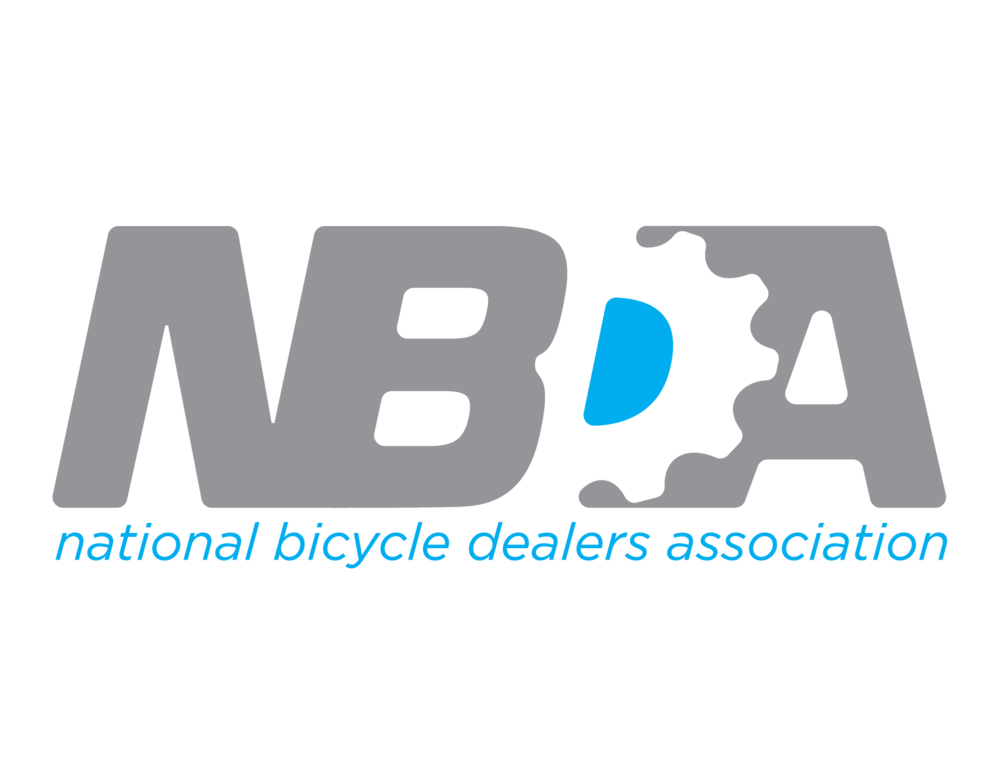The Best for the Rest
Three of America’s Best Bike Shops Share Ideas You Can Implement Now to Make Next Year Your Most Successful
Words by Peter Koch
At last, the high season is over. For most bike shops, the end of the year is a time to step back, take a breather from the warm-weather crush, and switch into wintertime survival mode. There are still holiday sales to tend to, but otherwise, it’s all downhill from here. Right? Not if you want to succeed. Now is the time—when time is, perhaps, easiest to come by—to plan the work that’ll make your business more successful in 2018. We asked three of America’s Best Bike Shops for their best end-of-year practices, the things they’re starting work on now that’ll lay the groundwork for continued success deep into next year, when the door swings like crazy, the phone won’t stop ringing, and there’s never, ever enough time. From big ideas like deep-dive budgeting and writing detailed employee handbooks to small ideas like analyzing ad spend and changing the business-wide “offseason” culture, you can implement NOW.

Chad Pickard | Owner, Spoke-N-Sport | Sioux Falls, SD
THE BIG IDEA: Use technology to make smarter buying decisions.
“We’ve always missed out on having a good Open to Buy process that’s easy to quantify, easy to understand, and easy to train,” Pickard says. “In the past, we’ve used a system where you’d spend 2-3 hours looking at an Excel spreadsheet, comparing, taking notes, and running formulas to decide whether you should buy more.” This year, he’s signed up with Retail Toolkit, which integrates seamlessly with his POS to make buying decisions fast, easy, and much more strategic. Developed by Chris Kegel and his son, Noel (it was initially called “The Wheel Toolkit”), it’s a retail analytics and planning suite—with tools for inventory planning, staffing and vendor management actionable, data-driven decisions. It’s the “Inventory Planning” module that Pickard’s most excited for. It includes Open to Buy planning that helps guide inventory orders by demand rather than gut, based on historical data and current trends. “I think it’s a powerful tool that’s going to save us a lot of time—time creating orders and time wondering if it’s the right order,” says Pickard. “So often, retailers get deep into the product, because they want to sell what they like. But we excel when we sell our customers what they need and what they want.”
THE SMALL IDEA: Eliminate “offseason” from your vocabulary.
Too many dealers in cold and temperate climates talk about the dreaded “offseason”—when the front door barely swings, sales grind to a halt, and half the staff is laid off while the leftovers slip into a chronic torpor. “Over the last couple of years, we’ve focused on talking about how there isn’t an offseason; it’s just a different season,” says Pickard. To start, he introduced a culture of not talking about the offseason, and he still maintains that. On a practical level, it’s about continuing to set daily, weekly, and monthly sales goals. “Not being idle is critical,” he adds, even if that means salespeople pulling bikes out of boxes and prepping them to be built, or service staff building bikes and running through rentals.

Hill Abell | Owner, Bicycle Sport Shop | Austin, TX
THE BIG IDEA: Make a budget, then stick to it.
The biggest roadblock to effective budgeting—in bike retail and any other industry—isn’t setting a budget, it’s checking in afterward to make sure you’re sticking to it. “If you never look at it again,” Hill Abell summarizes, “it doesn’t do you a damn bit of good.” About eight years ago, he began focusing on a detailed budgeting process to bring discipline to buying (to limit discounting and maintain margin) and staffing in a way that, ultimately, after years of refining it, drives the whole five-store operation and its profitability. Here’s how it works: In November, Bicycle Sport Shop’s CFO sets up Excel spreadsheets for each of the five-store managers showing the past year’s weekly sales (plus a historical trend), broken into categories—bikes, apparel, accessories—and fine-grained subcategories, and setting the next year’s weekly budgets for buying, staffing, and other store expenses, based on that. Each store manager can work with the CFO and general manager to make tweaks to his budget. Still, the expectation from there is that he’ll review it every week and, at the end of each month, dig in to analyze how each category performed against budget. The idea is to pick up on sales trends as quickly as possible and make course corrections—especially regarding inventory.
THE SMALL IDEA: Plan a long-term marketing strategy.
“We previously spent money on radio and print advertising,” Abell says, “and there’s just no excellent way to measure the success of those advertising media.” To become more disciplined with advertising and marketing, Bicycle Sport Shop is shifting heavily toward Facebook advertising and Google AdWords, which allow for easy, results-driven analysis. “Unless we can measure it in some tangible way, we’re not going to participate in it.” Of course, the exception is the school and community activities for which the shop donates gift certificates and bikes. “It’s impossible to track the return on that investment,” Abell acknowledges, “but we look at that as a kind of community investment fund, and it’s brand building.”

Wheelhouse Detroit general manager Tatiana Pastor (L) on a bike tour with owner Kelli Kavanaugh
Tatiana Pastor | General Manager, Wheelhouse Detroit | Detroit, MI
THE BIG IDEA: Create—and then maintain—detailed employee job process guides.
“Employee job process guides” are exactly what they sound like—exhaustive, step-by-step directions on how to perform job-specific tasks. And while they can be tedious to write, there are clear benefits, says general manager Tatiana Pastor, who authored all of the guides for Wheelhouse Detroit. “They’re super useful because they help answer a lot of our employees’ common questions,” giving them agency to solve problems independently. That means less tracking down managers whenever, say, the POS is acting up. Further, it spells out clear expectations regarding critical shop procedures, eliminating ambiguities that so often lead to underperformance and employee-manager conflict. Here’s how Pastor does it: She writes the guides—from a 3-pager for entry-level “Shop Help” to the 57-page Shift Manager tome—in the cloud-based Google Drive, where she can distribute efficiently (granting and revoking access at will) and edits in real-time at any time. In a relatively small, but still complex—Service, Retail, Rental and Guided Tours are all core operations—business like Wheelhouse Detroit, where everyone on staff is expected to wear many hats. Having a reference available is critical. “When an employee is running the shop [as opposed to her or owner Kelli Kavanagh], they almost always have their Job Process Guide pulled up on the computer to reference it at any time.”
THE SMALL IDEA: Take stock of inventory, update reorder numbers.
“This time of year, we do a clean sweep of inventory,” Pastor says. “It’s super time-consuming and not much fun, but it has to be done.” The Detroit Riverfront shop, which primarily does Rentals and hosts Tours, shuts down for the winter, and its entire inventory is transferred to the Hamtramck store. Employees there go product-by-product through thousands of SKUs, checking them against inventory numbers in the POS, and check to make sure reorder numbers are good. “If we ordered it last year with a plan to keep 5 in stock at all times, but our report shows we only sold seven over the past year, we’ll probably adjust our reorder number down to 2 or 3.” Every year, she says, Wheelhouse gets better at inventory control, and their numbers are a little more accurate, and that’s why they keep doing it.
The NBDA has been here since 1946, representing and empowering specialty bicycle dealers in the United States through education, communications, research, advocacy, member discount programs, and promotional opportunities. As shops are facing never-before-seen circumstances, these resources offer a lifeline. Together, we will weather this. We at the NBDA will not waver in our commitment to serving our members even during this challenging time—but we need your support.
Now is the time to become a member as we join together to make one another stronger. Whether you’re a retailer or an industry partner, your membership in the NBDA is one of the best investments you’ll make this year.
Learn more about the benefits of being a member and join now.










